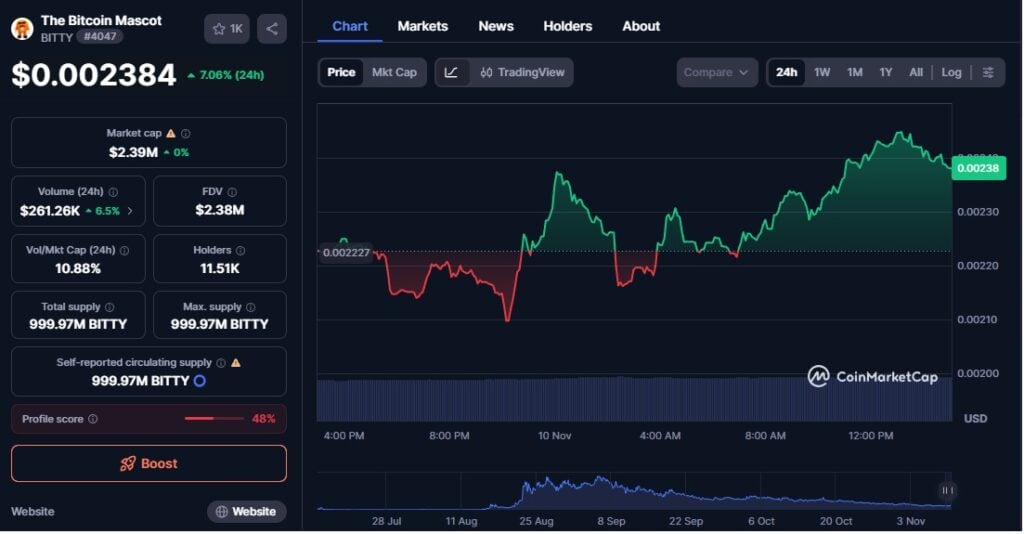Pi Network Prepares for Mainnet After Testnet 1 Shows High Stability
TLDR
- Testnet 1 processed high transaction volume with almost zero failures.
- Mainnet version v23 is confirmed and expected to launch soon.
- Fast-track KYC now enables early wallet activation for new users.
- Pi Network pilots decentralized AI training through OpenMind nodes.
Over 50 million users may soon see Pi Network enter its next phase as Testnet 1 records a near-zero transaction failure rate. The network’s latest performance suggests a high level of readiness for Mainnet launch. With version v23 now in development and new tools being introduced, the Pi ecosystem is preparing to scale blockchain, identity verification, and computing capabilities at a global level.
Testnet 1 Shows Network Stability
Pi Network’s Testnet 1 has reached an important milestone. According to recent technical reports, the test phase processed large volumes of transactions with almost no failures.
The data was shared by PiNetwork DEX on X (formerly Twitter), confirming that most transactions either completed successfully or failed only once. This result indicates the stability of the test environment. It also shows that the core blockchain system can handle high traffic under real conditions.
This testing phase was designed to simulate real-world use. Developers wanted to ensure the system could manage transactions without major issues. Based on performance metrics, version v23 of the network performed smoothly under pressure. As a result, Pi Network is now preparing to move to the next stage of its development cycle.
Testnet 2 is expected to follow, with a focus on stress-testing the system further. It will help Pi developers introduce and refine new features before launching Mainnet. Lessons from the first test phase will be applied to improve system reliability and user experience during the full deployment.
Mainnet v23 Prepares for Launch
Following the successful test phase, Pi Network is now planning the release of Mainnet version v23. The development team has confirmed that the stable Mainnet version will launch soon, although no exact date has been announced.
This upcoming release will support both financial and computational functions. It will serve as the foundation for the network’s decentralized apps and services. With the current version performing well during testing, developers expect a smooth launch with fewer technical issues.
One of the key upgrades introduced during this phase is the Pi Desktop v0.5.4. This version improves the user interface and makes bonus calculations more accurate for node operators. These updates are part of the effort to ensure that node participants can manage their tools easily and get fair rewards.
The improvements made during the development of version v23 are not limited to user features. Core systems for transaction handling and data management have also been updated to better support users when Mainnet goes live.
Fast-Track KYC for New Users
Pi Network has also introduced a fast-track Know Your Customer (KYC) system. This process helps new users verify their identity faster and start using their Pi wallets without long delays.
The goal of this system is to allow broader access to the network. It also helps new users prepare for the Mainnet rollout. Verified users can participate in the ecosystem earlier and engage with apps and services once the full launch is complete.
Faster identity verification also helps secure the network. It ensures that all participants are real people and not automated accounts. The KYC feature is an essential step in keeping the network transparent and fair for all users.
AI and Decentralized Computing Pilots Begin
Beyond blockchain transactions, Pi Network is testing decentralized computing through an initiative called OpenMind. This effort allows node operators to perform computational tasks for third-party partners.
These tasks include running AI training jobs and other computing services that are usually handled by centralized data centers. This new use case could position Pi Network as a platform for both blockchain and global computing tasks.
A case study is expected soon, documenting how these tests were carried out and what results were achieved. The team states that this project will help prove the network’s utility beyond simple financial use.
Pi Network’s development is now focused on expanding its real-world functions. It is building tools that let users contribute computing power and earn rewards, opening the door for more practical applications.
The post Pi Network Prepares for Mainnet After Testnet 1 Shows High Stability appeared first on CoinCentral.
Vous aimerez peut-être aussi

X402 Track Panoramic View: Launchpad Innovation, Facilitator Battles, and Provider Infrastructure

When Clean Energy Meets Digital Ownership: A New Model Emerges
